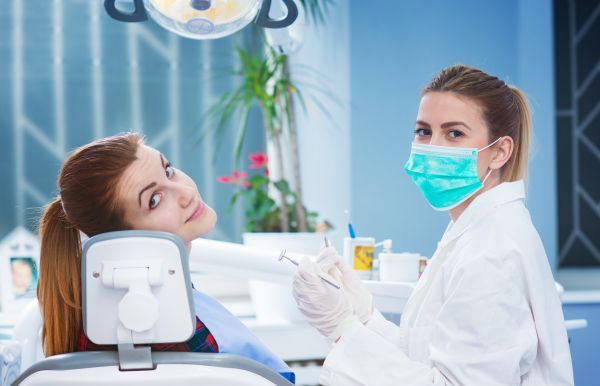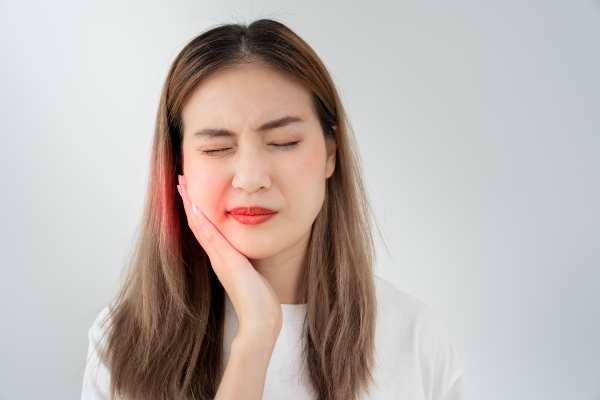3 Common Myths About Oral Cancer

When it comes to mouth diseases, Oral Cancer is one of the most dangerous problems. However, you might have some misconceptions about oral cancer. For example, just because you do not smoke does not mean you are not at risk. Read on to help clear these myths up.
Myth: not many people get oral cancer
The Oral Cancer Foundation has made some estimates on the number of people likely to get this condition. In 2017, they estimated that oral and throat cancer were more common than stomach or cervical cancer. Throat and mouth cancers are the sixth most common types. Anyone can get it too.
The risk goes up after the age of 50. However, not all forms of oral cancer are related to a patient’s age. More and more young people are developing this condition. It may be because of a link between this condition and the human papillomavirus (HPV).
Myth: only smokers are at risk
Tobacco and nicotine use can increase a patient’s risk of oral cancer. However, non-smokers can also develop the condition. For example, HPV can increase a patient’s risk, as can alcohol. A big risk factor is using betel quid. This developed in South Asia and involves using the areca nut wrapped in a betel plant leaf. Genetics may also factor in the risk.
Even healthy patients may be at risk of the condition. Every adult should receive a at dental exams. The dentist can look at the tongue, mouth, lymph nodes and throat. The dentist will be looking for discoloration, sores and lumps in the area.
This is a noninvasive . It does not involve using radiation. If there are any signs of oral cancer, the dentist can do a biopsy. Part of the suspicious area will be sent off to a lab to be tested for oral cancer.
Myth: there is no way to prevent oral cancer
Oral cancer is not always easy to detect. In fact, some types of oral cancer happen in places that are hard to see. This can include the lymph nodes, back of the tongue and the tonsils. This is one reason why regular exams with the dentist are so important. Early treatment and diagnosis can help to stop the cancer as soon as it is noticed. This is likely to help increase the life expectancy of patients.
Patients can lower the risk of oral cancer in several ways. It is important to use sunscreen. That includes using a lip balm that has an SPF of at least 30. Limiting exposure to the sun is also a good idea. There are a few other ways that patients can lower their risk, including:
- Avoiding smoking
- Staying away from alcohol
- Eating more vegetables
Get an oral cancer today
No matter what your age or your health status is, you may be at risk of oral cancer. It is not always easy to detect either. The good news is that a dentist can catch it early on. Making an appointment now may just save your life later.
Request an appointment here: https://hemetdentalcenter.com or call Hemet Dental Center: Brian Stiewel DDS, INC. at (951) 707-4366 for an appointment in our Hemet office.
Check out what others are saying about our dental services on Yelp: Oral Cancer in Hemet, CA.
Recent Posts
Gum disease is a common yet serious condition that negatively impacts oral health if left untreated. The condition can result from plaque and bacteria buildup, starting with mild symptoms and leading to tooth loss. Knowing the stages of gum disease and when to seek treatment can help protect your gums and teeth.Gum disease, or periodontal…
Periodontal disease, or gum disease, can be incredibly concerning and lead to other, more severe oral health issues if left untreated for an extended amount of time. Consequently, it is important to fully understand the various signs and symptoms of periodontal disease in order to be able to spot periodontal disease as soon as it…
The CDC states that gum disease, also known as periodontal disease, is one of the leading oral infections in the United States. In addition, the National Institute of Health cites it as the most common culprit for adults losing teeth. Because the early stages of periodontal disease often do not have noticeable symptoms, many patients…
Gum disease is one of the most common oral health issues. Many individuals, however, are unaware that they are dealing with the condition. Gum disease is believed to affect millions of adults in the United States, according to the International Journal of Health Sciences. Many people who do not currently have gum disease may develop…


